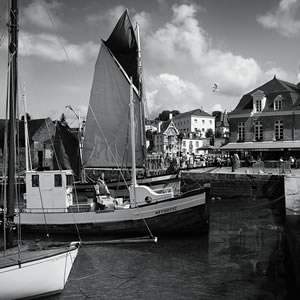
RoadStars goes “français”
RoadStars in French
We are delighted to present a new RoadStars market: France. But what is it exactly that makes France so special?
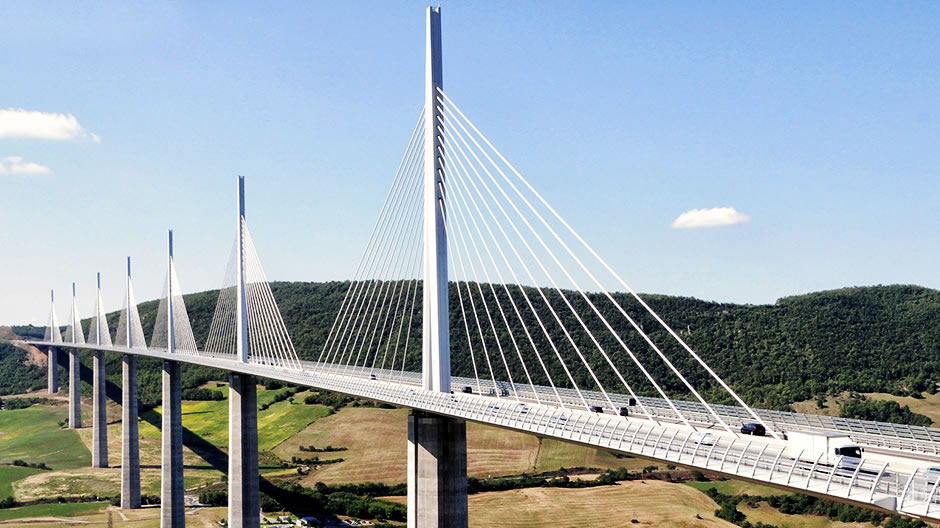
The Viaduc de Millau covers 2460 m and is thus the longest cable-stayed bridge in the world. Drivers cross the Tarn valley at a height of up to 240 m.
For some, that's how a typical French person looks. But France, with its nature and culture, has much more to offer than that – it is a multifaceted country which leaves you fascinated in many ways.
France is the west European country with the largest surface area and shares borders with Andorra, Belgium, Germany, Italy, Luxembourg, Monaco, Spain and Switzerland. The 51-km Channel Tunnel doesn't just connect France to the United Kingdom, it is also the longest underwater tunnel in the world.
France's diverse nature and culture make it one of the most attractive tourist destinations the world over. Be it for a seaside holiday on the Côte d'Azur, a city break in Paris or a skiing holiday on Mont Blanc – there's something for everyone. Far away from the city streets, hiking enthusiasts will also find plenty of places to suit their tastes. Travelling past gushing streams and the blue-violet lavender fields, you are almost certain to end up in one of France's many picturesque villages.
No matter how often you've visited France, you will encounter new and interesting experiences each and every time.
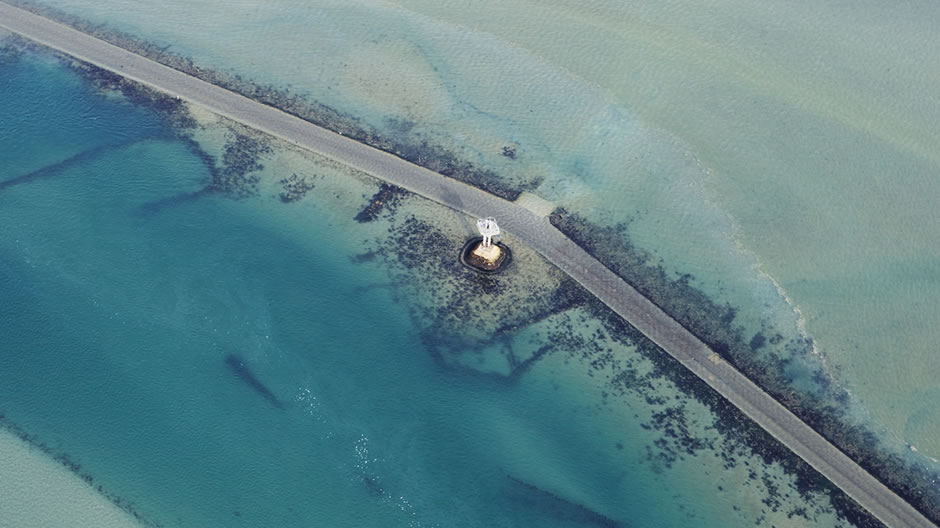
© philippe Devanne – Fotolia.com
Previously classes as a “route nationale”, the Passage de Gois connects Noirmoutier-en-l’Île with the French coast mainland. Before the Noirmoutier bridge came into service in 1971, this was the only way to access the island.
Interestingly, though: the road is regularly under water.
The
Passage de Gois is on the Atlantic coast and can only be used when the
tide permits. Twice a day, it is completely submerged. At high tide,
the road can be covered with between two and three metres of water. In
extreme weather conditions, the road can even be up to 4.5 metres
under water. France has a number of other such roads but the Passage
de Gois is one of the longest of this type, stretching over 4.5 km.
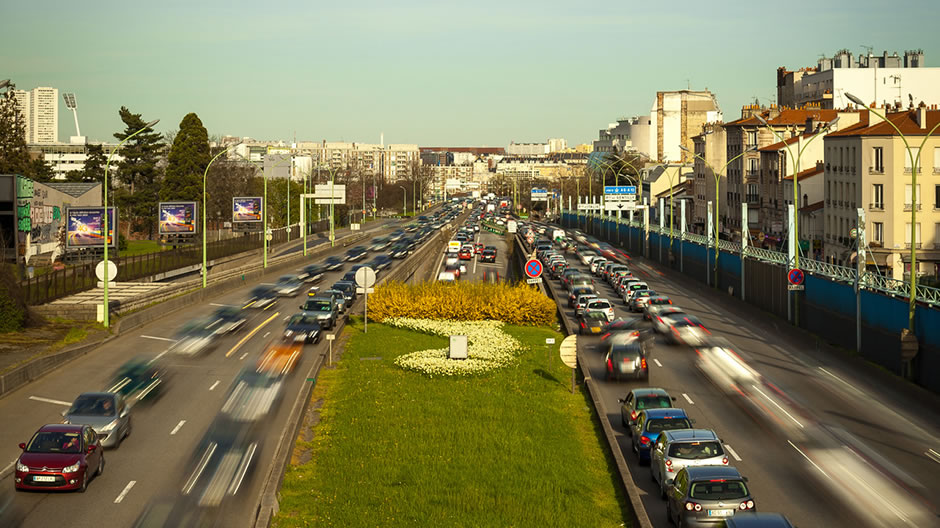
© Thomas Launois – Fotolia.com
The Boulevard Périphérique in Paris is the most-used road in the world. With up to eight lanes in some places, around one to two million vehicles drive along the 35-km stretch of inner-city motorway each day. Because of the sheer volume of traffic that can accumulate on it, the road's speed is limited to 70 km/h.
The Périphérique is a so-called orbital dual carriageway: traffic on the inner carriageway travels clockwise around Paris, while the outer carriageway runs anti-clockwise. Accordingly, the following designations are used: “Périphérique intérieur” (for the inner carriageway) and “Périphérique extérieur” (for the outer carriageway).
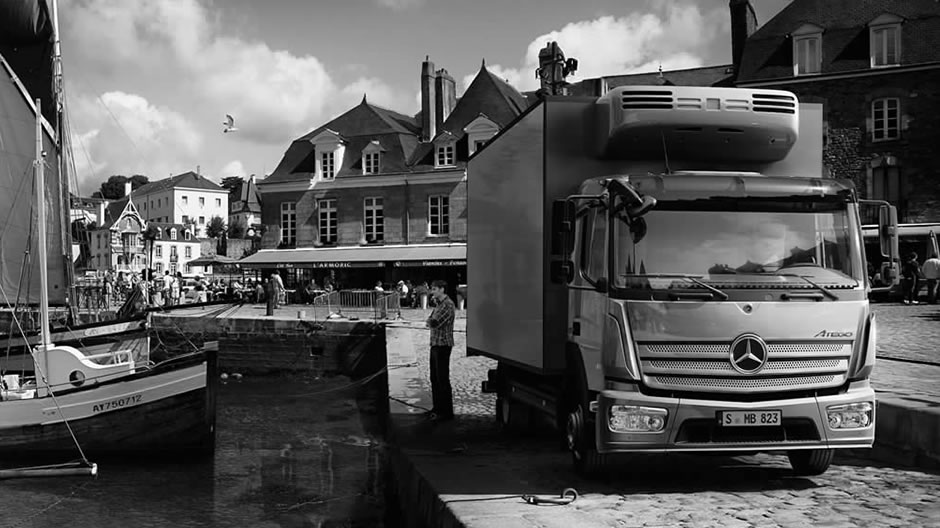
In October 2015, we reported on a very special Atego. Each day, it drives the five-hour journey from Auray to Paris.
As the motorways in France are run by various private companies, some of them are subject to a toll. The toll charge depends on both the vehicle size and the number of driven kilometres. On the internet, there are a number of websites where you can calculate the toll charges for France.
The toll charge can be paid either in cash, with a credit card, or by means of the “télépéage” system, whereby a computer chip in a small box mounted on the windscreen allows the electronic registration of the toll charge. When the vehicle passes a toll booth, it is automatically registered and the charge is debited from the user's bank account.
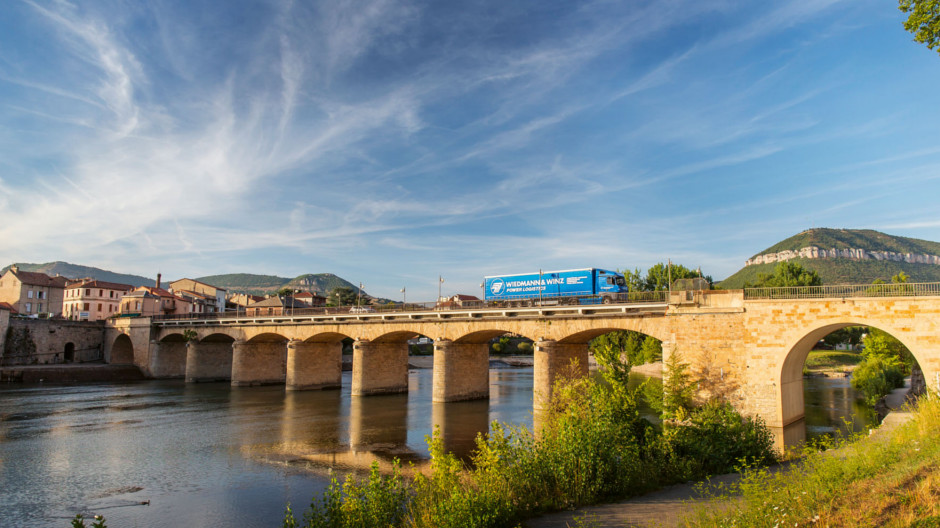
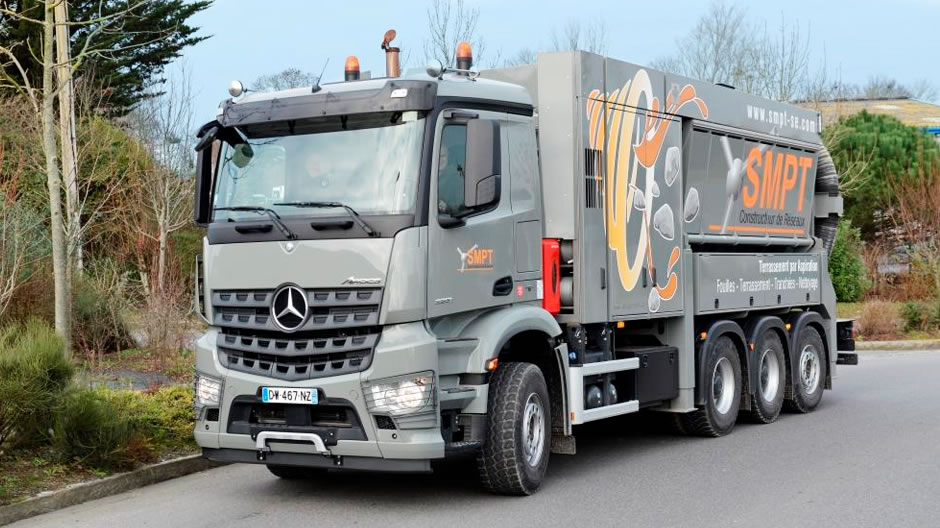
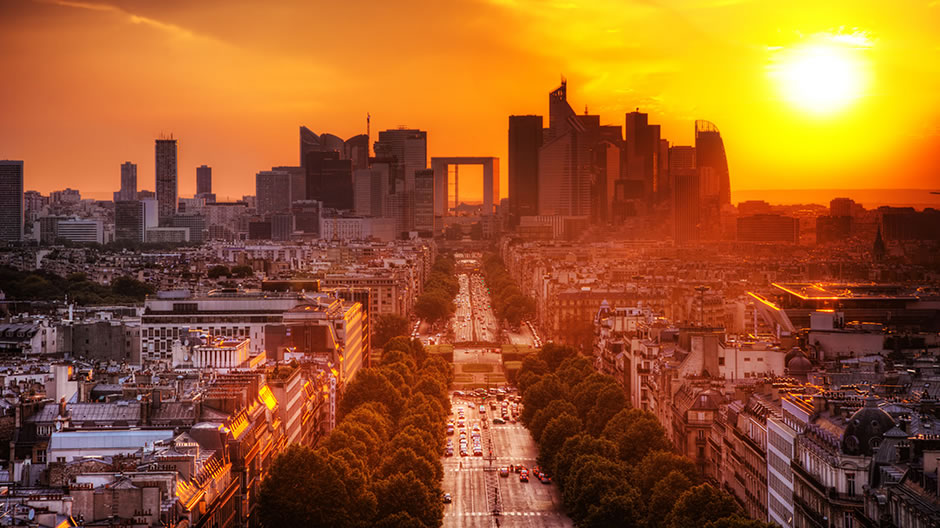
Further information on driving in France.
Learner drivers.
Drivers who have held their licence for less than two years are subject to specific speed limits: out of town they must not exceed 80 km/h; on arterial routes they are limited to 100 km/h and on the motorway they may only drive at a maximum of 110 km/h.
Special rules for certain weather conditions.
In rain or any other form of precipitation, road speeds must be adjusted. On out-of-town roads, the speed is limited to 80 km/h and on motorways to 110 km/h.
Hi-visibility warning vests are a legal requirement in France.
In July 2008, it became a legal requirement to carry hi-visibility warning vests in vehicles. Each vehicle must have at least one reflective hi-visibility warning vest which bears the EN 471 designation. If a driver leaves the vehicle, for example after an accident and is not wearing a suitable hi-visibility vest, a fine of at least 90 euros can be issued.
Parking restrictions and road markings.
In France, before parking a vehicle on the road, it's a good idea to check the edge of the road first. Solid yellow lines on the edge of the carriageway indicate that no stopping is permitted. Broken lines designate a “no parking” area, while blue lines permit parking only for authorised persons bearing an appropriate parking disc. White arrows between two lanes indicate the end of a lane marking.
- There is just one single stop sign in all of Paris
- After the red phase, traffic lights change straight to green
- Even in the case of a red light, you may still turn if there is a flashing yellow arrow on the traffic lights
- At traffic lights, there is no stop line; drivers must use the small additional traffic lights at eye level as their orientation
- On narrow mountain roads, traffic driving uphill always has priority
- On three-lane stretches of road, tractor/trailer combinations above 3.5 t or longer than 7 m may only use the two right-hand lanes
- A red light in the shape of a cross on the opposing set of traffic lights shows that oncoming traffic has red
Header picture: © Tour Eiffel – illuminations Pierre Bideau.



Comment
Please log in to post a comment.
No comments yet